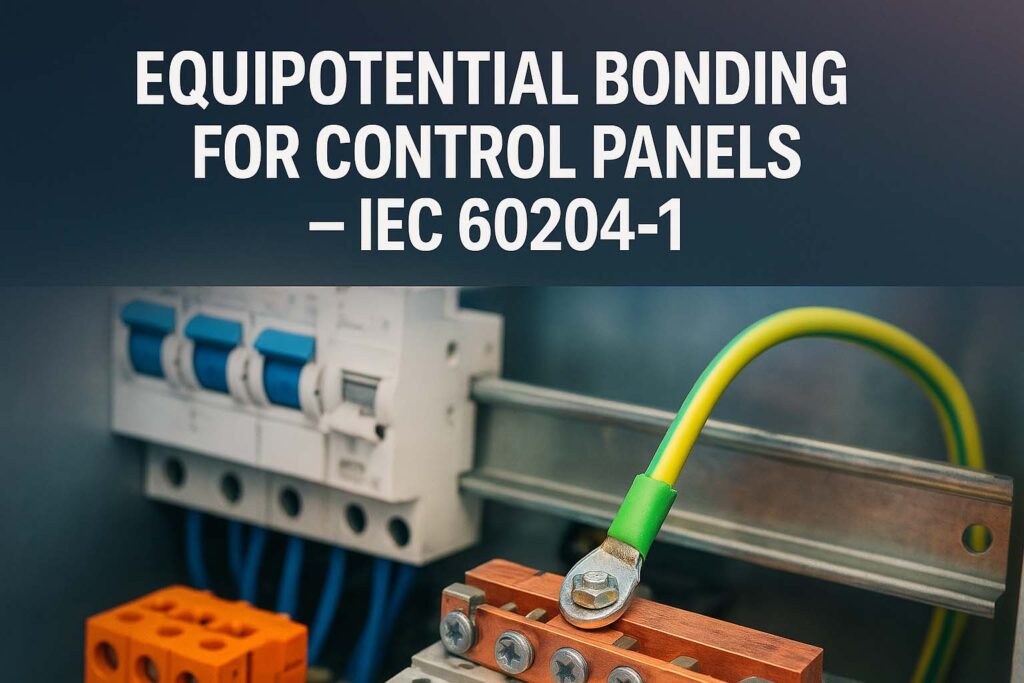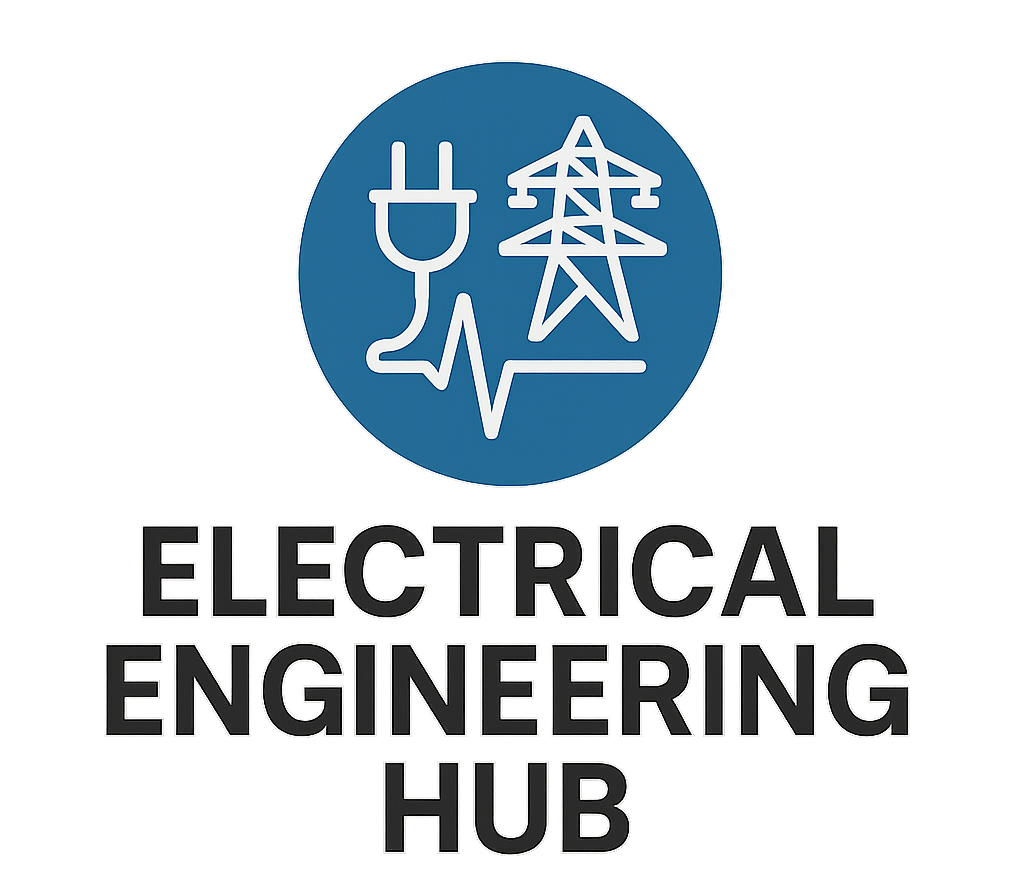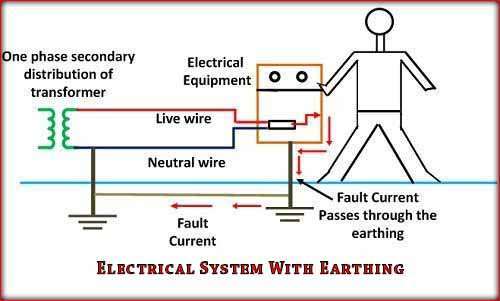Equipotential Bonding for Control Panels – IEC 60204-1 Compliance
Equipotential bonding is a critical safety measure in electrical installations. It ensures all conductive parts within a system remain at the same potential. This eliminates dangerous voltage differences and reduces the risk of electric shock. For control panels, equipotential bonding becomes even more important as they house sensitive electrical and electronic components.
Table of Contents
Table of Contents

IEC 60204-1, the international standard for safety of electrical equipment in machines, provides clear guidelines for bonding requirements. Compliance with this standard is essential for industrial safety, reliability, and compliance with global norms.
When discussing equipotential bonding IEC requirements, the goal is simple: create a uniform potential zone by connecting all exposed conductive parts to the protective bonding circuit. But achieving this effectively requires understanding the purpose, layout, and testing procedures.
Key Takeaways
- Equipotential bonding prevents hazardous touch voltages in control panels.
- IEC 60204-1 specifies bonding conductors, resistance limits, and connection points.
- Correct bonding layout and resistance testing ensure compliance and operational safety.
Purpose of Equipotential Bonding
The main purpose of equipotential bonding in control panels is electrical safety. Voltage differences between metallic parts can cause current to flow through a person touching two different points. Bonding eliminates this hazard by connecting all metal parts to the same potential, usually earth potential.
Know more about Earth Ground Testing: Clamp Meter vs Fall-of-Potential Method
In control panels, bonding has several benefits:
- Shock Protection: Prevents electric shock in case of insulation failure.
- Equipment Protection: Reduces damage risk from fault currents.
- EMC Compliance: Improves electromagnetic compatibility by reducing potential differences.
- Static Control: Helps dissipate static charges in sensitive circuits.
When bonding is not done properly, even a small fault can lead to lethal consequences. A common example is a loose door bonding strap in a control panel. If the door becomes energized due to a fault and it is not bonded, anyone touching it could receive a severe electric shock.
For industrial systems, IEC 60204-1 makes bonding mandatory for all exposed conductive parts that could become live under fault conditions. This includes enclosures, mounting plates, cable trays, and machine frames.
If you want to learn more about grounding practices for instrumentation systems, check out our detailed guide on instrument earthing IEC standard.
IEC 60204-1 Requirements for Equipotential Bonding
IEC 60204-1 sets specific rules for bonding. According to the standard, all exposed conductive parts must be bonded to the protective circuit. The protective circuit is generally connected to the main protective earth terminal of the machine or installation.
Key Bonding Requirements Under IEC 60204-1
- All exposed metal parts of the control panel must be connected to the protective bonding circuit.
- Bonding conductors should be made of copper or equivalent conductive material.
- The bonding circuit must have low resistance. IEC recommends less than 0.1 ohm between bonded parts.
- The bonding connection should withstand fault current without damage.
- Protective bonding symbols must be clearly marked where applicable.
The size of bonding conductors is determined by the cross-sectional area of the phase conductors. The table below, based on IEC guidelines, shows the minimum bonding conductor sizes:
| Cross-Section of Phase Conductor (mm²) | Minimum Bonding Conductor Size (mm²) |
|---|---|
| ≤ 16 | Equal to phase conductor |
| > 16 to 35 | 16 |
| > 35 | Half of phase conductor |
These values ensure the bonding conductor can carry the maximum fault current without damage.
Another important IEC requirement is the connection method. Bonding connections must be reliable, corrosion-resistant, and permanent. Screws with star washers, welded lugs, or crimped terminals are acceptable methods.
Know more about difference between bonding and grounding
Panel Bonding Layout Examples
Equipotential bonding in control panels must follow a systematic layout. The goal is to ensure all metallic parts, including doors, gland plates, and mounting frames, have a low-resistance connection to the main protective terminal.
Common Bonding Points in a Control Panel
- Main Protective Terminal (PE Bar): Central point for all bonding connections.
- Enclosure Body: Connected directly to PE bar using a bonding conductor.
- Panel Door: Connected to enclosure using flexible bonding strap.
- DIN Rails and Mounting Plates: Bonded using screws or conductive brackets.
- Cable Gland Plate: Bonded to the enclosure to maintain continuity.
An example layout includes a main PE bar at the bottom of the panel. From this point, separate bonding conductors run to the enclosure frame, door, and mounting plate. All connections should be as short as possible to minimize impedance.
If a panel includes EMC filters or shielded cables, bonding points for shields should be close to the entry point to reduce interference.
Know more about earthing transformer working principle
Best Practices for Bonding Layout
- Use short, direct connections for bonding conductors.
- Avoid using paint or insulating coatings under bonding points. Scrape the surface to bare metal.
- Apply anti-corrosion paste on bonding connections for long-term reliability.
- Test every bonding connection during installation and maintenance.
Testing Bonding Resistance
Testing ensures bonding effectiveness. IEC 60204-1 specifies that the resistance between any two bonded points must not exceed 0.1 ohm.
Methods for Testing
- Continuity Test: Use a low-resistance ohmmeter or bonding tester.
- Current Injection: Some testers inject 10 A or more to check connection reliability under load.
- Visual Inspection: Check all bonding points for looseness or corrosion.
The procedure involves connecting one probe to the main PE bar and the other to the component being tested. Readings should be recorded for documentation and compliance reports.
The table below summarizes acceptable values:
| Test Type | IEC Requirement |
|---|---|
| Bonding Resistance | ≤ 0.1 Ω |
| Test Current | Typically 10 A or higher |
If the measured resistance is above 0.1 ohm, recheck connections, clean contact points, and retest.
Common Causes of High Bonding Resistance
- Paint or coating under the bonding terminal.
- Loose connections or missing washers.
- Corrosion at the bonding interface.
Routine testing should be part of preventive maintenance. In high-vibration environments, connections can loosen over time, so periodic inspection is essential.
Know more about nec ground wire size chart
Final Thoughts
Equipotential bonding is more than a compliance requirement; it is a critical safety function for any electrical installation. By following IEC 60204-1 guidelines, you protect both personnel and equipment from electrical hazards.
Remember, bonding is not just about connecting metal parts; it’s about ensuring a low-impedance path for fault currents and maintaining equal potential throughout the system. With proper design, installation, and testing, you can achieve a reliable and compliant control panel bonding system.
For more detailed grounding practices, check our comprehensive article on instrument earthing IEC standard for in-depth insights.
Know more about what size earth cable for bonding
What is meant by equipotential bonding?
Equipotential bonding is the electrical connection of conductive parts to maintain the same potential and reduce the risk of electric shock in fault conditions.
What requires equipotential bonding?
Metallic parts like pipes, structural steel, cable trays, and exposed conductive parts of electrical equipment require equipotential bonding.
What is equipotential bonding for pools?
It ensures all conductive parts around a pool, such as ladders and handrails, are connected to the same potential to prevent shock hazards in wet environments.
What is the difference between equipotential bonding and protective earthing?
Equipotential bonding equalizes voltage between conductive parts, while protective earthing connects exposed metal to earth for fault current dissipation.
How to do equipotential bonding?
Connect all exposed conductive parts with a bonding conductor and link to the main earthing terminal using appropriate clamps and standards.
What is the main purpose of bonding?
The main purpose is to eliminate dangerous potential differences and provide safety against electric shocks during fault conditions.
Follow Us on Social:
Subscribe our Newsletter on Electrical Insights for latest updates from Electrical Engineering Hub
#EquipotentialBonding, #IEC602041, #ControlPanels, #ElectricalSafety, #IndustrialAutomation, #ElectricalEngineering, #MachineSafety, #IECStandards, #PanelDesign, #ElectricalCompliance, #GroundingAndBonding, #IndustrialSafety, #ControlPanelDesign, #ElectricalProtection, #SafetyCompliance




